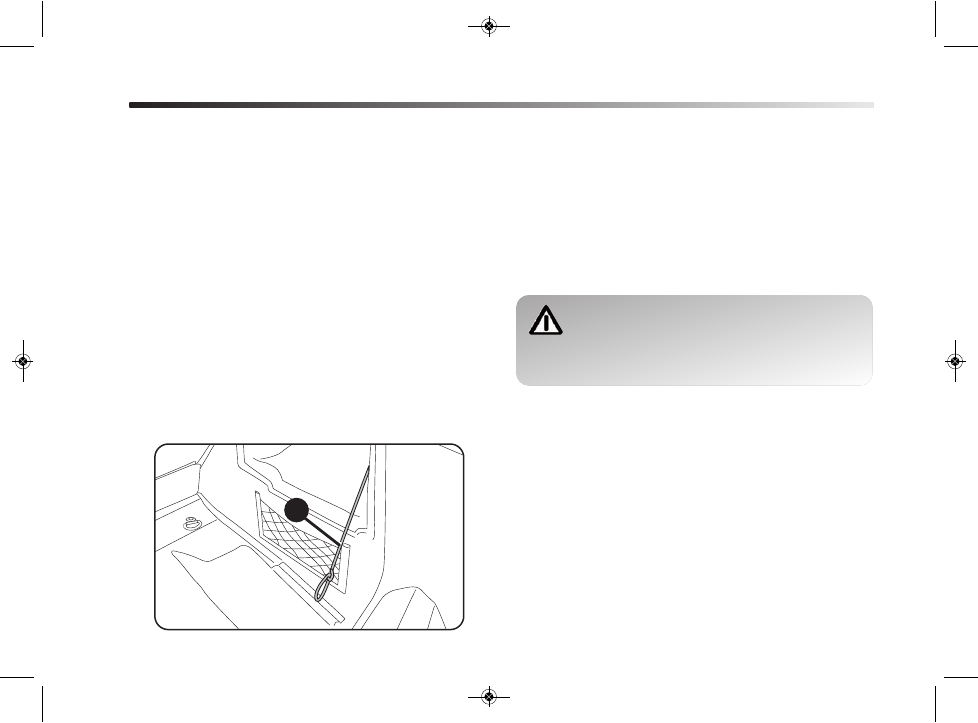Lancia DELTA. Service Manual - part 10

152
KNOWING YOUR CAR
PROTECTING THE ENVIRONMENT
The following devices are used for reducing emissions:
❍ oxidizing catalytic converter;
❍ exhaust gas recirculation system (EGR).
❍ diesel particulate filter (DPF) (for versions/markets,
where provided).
Under normal operating conditions, the cat-
alytic converter becomes very hot. Do not
park the vehicle on grass, dry leaves, pine
needles or other flammable material: fire hazard.
OPENING THE FUEL CAP IN AN EMERGENCY
In case of emergency, pull the cord A - fig. 87. Remove the
cover to access the cord.
fig. 87
L0E0184m
A
001-154 Delta GB 1ed 03/03/14 10.00 Pagina 152